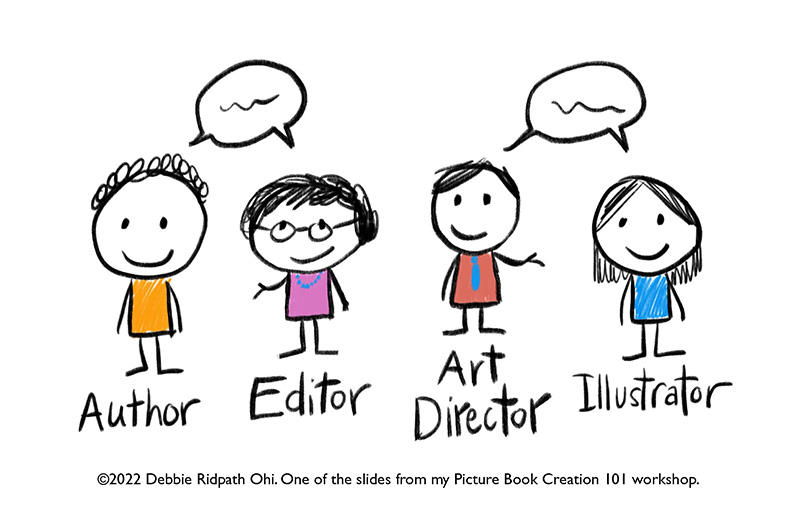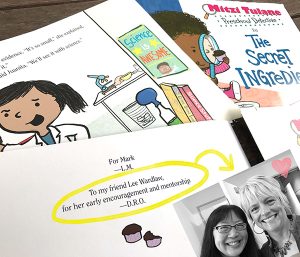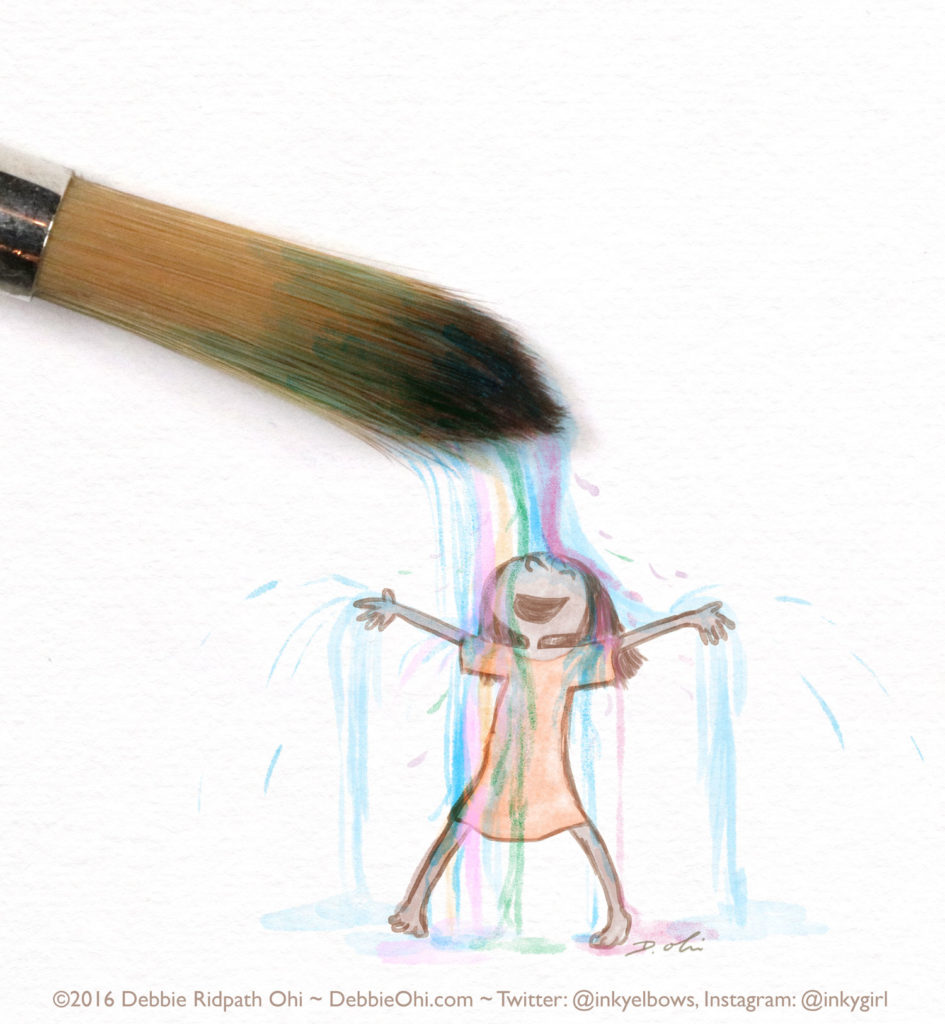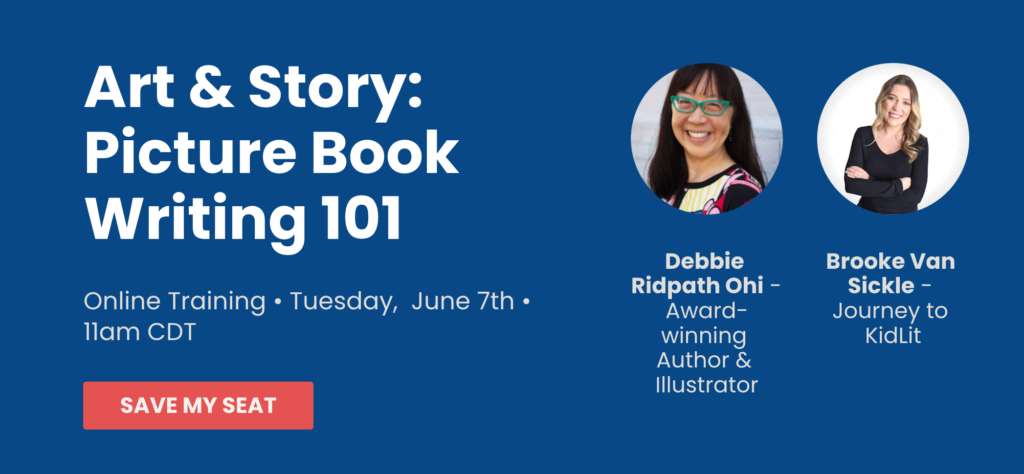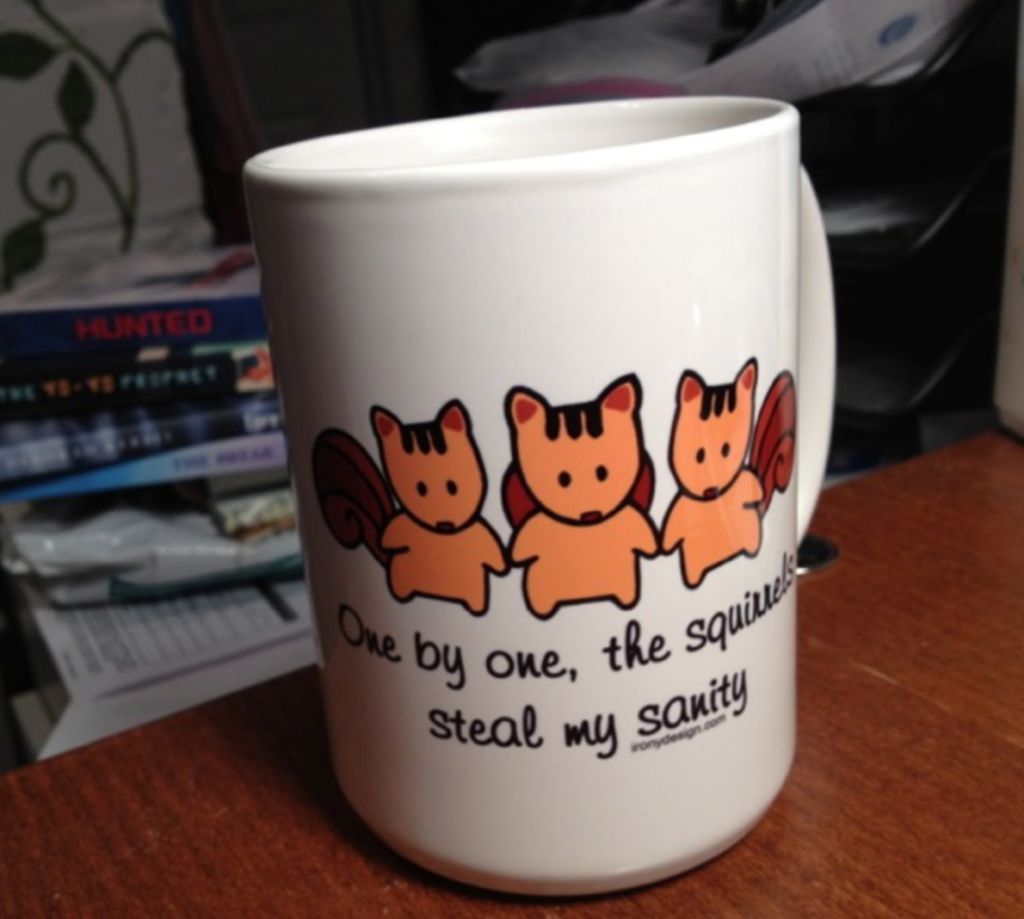In all of the books I’ve ever illustrated (image books and chapter books) however not written, I’ve by no means labored immediately with the writer in the course of the inventive course of. Earlier than I turned a kids’s guide illustrator, I had at all times assumed that the writer and illustrator would work carefully collectively all through – aren’t they a TEAM, in any case?
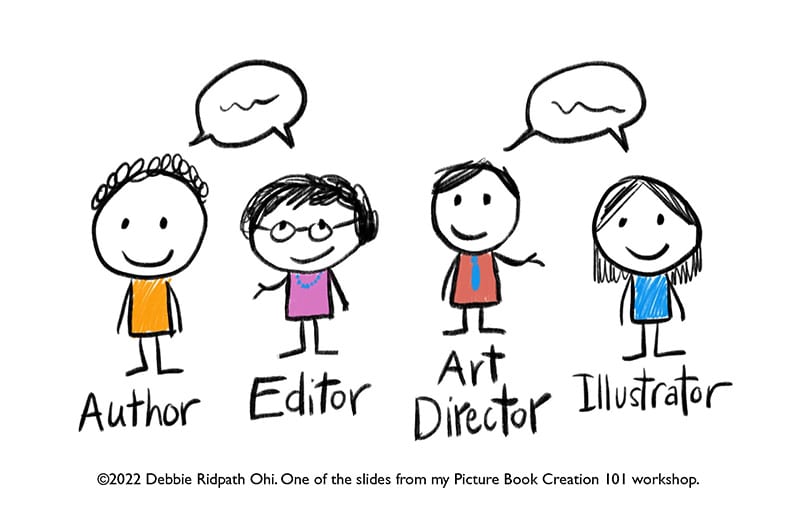
What I used to be shocked to find, once I was requested as an instance my first image guide by Simon & Schuster: that the illustrator is given a LOT of inventive freedom. I used to be used to being micromanaged by freelance artwork shoppers once I used to do customized illustrations, being informed precisely what I used to be supposed to attract. After I was informed that Michael Ian Black (writer), Laurent Linn (S&S artwork director) and Justin Chanda (S&S editor/writer) needed to see what MY imaginative and prescient was, I used to be each terrified and excited.
Considered one of my early mentors (Cecilia Yung, artwork director at Penguin) defined that preserving the writer and illustrator separate in the course of the inventive course of is to guard the illustrator. She mentioned that authors are inclined to already be very opinionated and really feel strongly about their very own imaginative and prescient for their story and in the event that they have been allowed to work together carefully with the illustrator all through, there could be lots of “draw this, no not like, like THIS”:
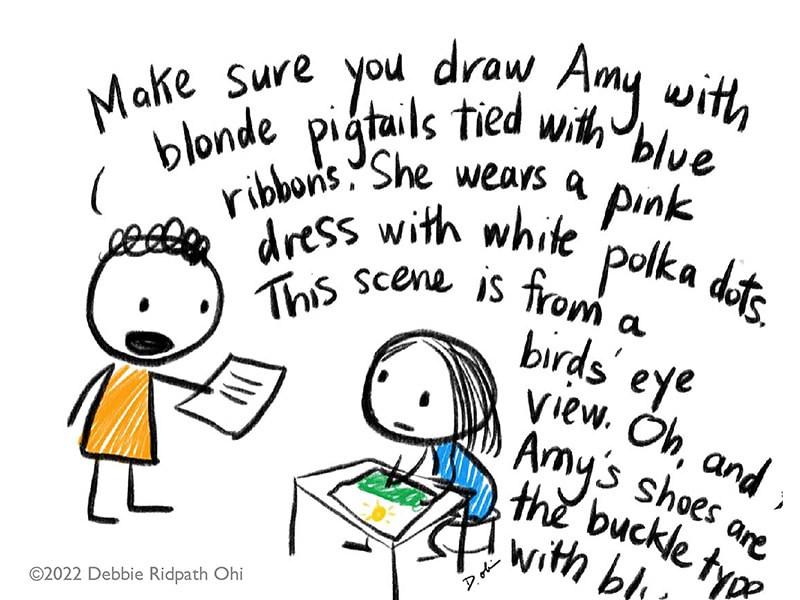
Many authors additionally don’t respect how a lot the illustrator’s personal imaginative and prescient can improve the guide.
Authors may additionally be shocked to seek out out that generally they might even be requested to CHANGE THE TEXT due to the illustration course of.
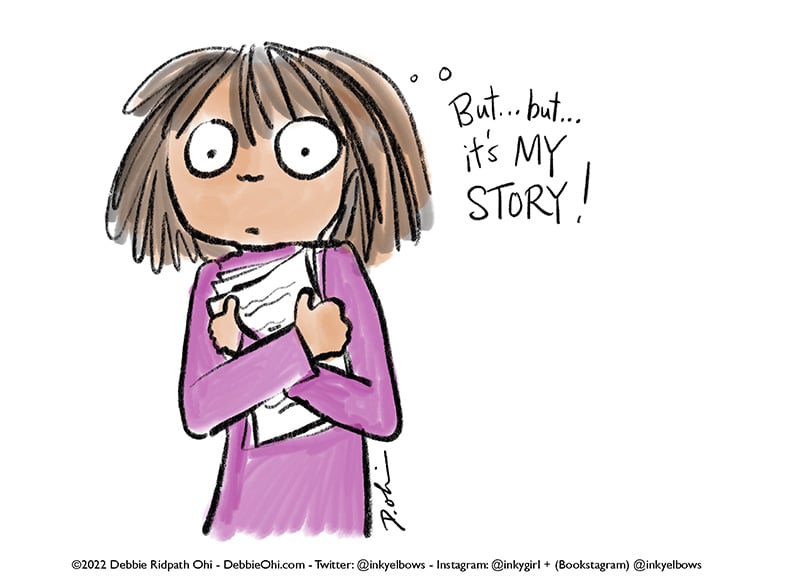
This has occurred a number of instances throughout my books with Michael Ian Black. I really feel INCREDIBLY fortunate that Michael is an writer who trusts the illustrator fully.
The very first image guide I used to be requested as an instance was I’M BORED, written by Michael. Right here’s the primary model of the manuscript that Justin Chanda (our editor) despatched me:
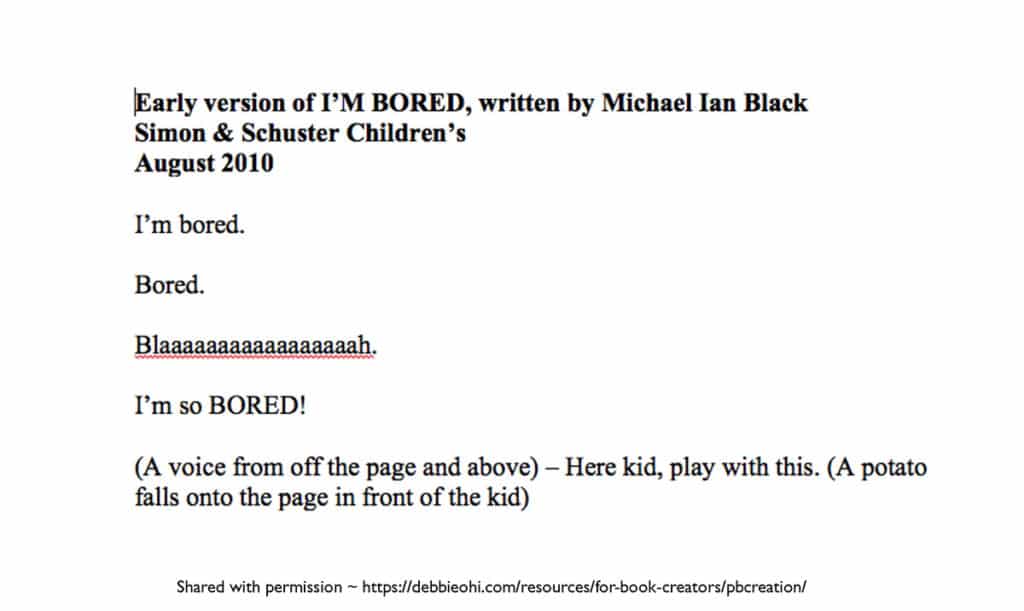
Discover the shortage of web page breaks. Discover that Michael didn’t even specify the gender of the kid (!). This was all left as much as me.

And in an instance that reveals how the ending of a guide modified due to my illustrations, take I’M SAD. The ending was initially presupposed to be humorous, with the Potato attempting to observe an astronaut out into area. I like Michael’s quirky sense of humour!
I went by a few rounds of sketches, however the artwork director and editor actually favored one of many illustrations I got here up for a bittersweet second earlier than the top. The editor talked to Michael about the potential for altering the ending, and Michael was completely on board. (YES, I proceed to really feel very fortunate to be working with this inventive crew for therefore many causes).
Right here’s the brand new ending to I’M SAD:
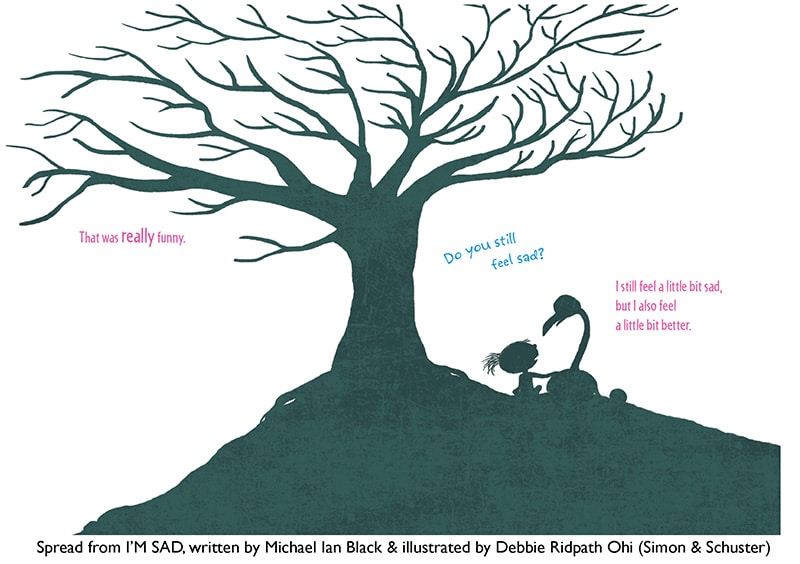
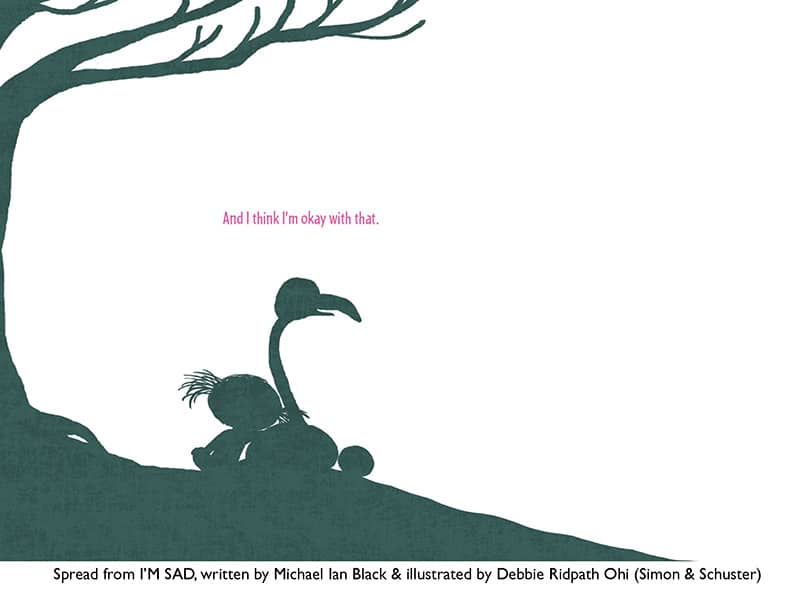
None of this may have occurred if the writer, editor and artwork director hadn’t given me the liberty to carry my very own imaginative and prescient to the undertaking. A facet word about I’M SAD – once I first learn Michael’s mss, I cried. A part of it was due to what was occurring in my life on the time but additionally as a result of Michael is such such a tremendous author. However the issue was that I cried just about each time I began engaged on it, so I learn the mss again and again till it DIDN’T make me cry anymore, so I could possibly be extra goal and do a greater job as an illustrator.
NOTE: Though most conventional publishing homes are inclined to preserve the writer and illustrator separate in the course of the inventive course of (together with homes I’ve labored with: Simon & Schuster, Random Home, HarperCollins), there are at all times exceptions. Generally the writer and illustrator have approached the publishing home as a crew, for instance, or have already labored carefully collectively. Or the character of a guide requires extra interplay between the writer and illustrator, particularly for nonfiction, or when totally different cultures are concerned. I’ve heard from a few of my illustrator pals that sure publishers DO carefully contain the writer all through the inventive course of.
After I was requested as an instance the Mitzi Tulane image books, the editor forwarded a request from the writer, asking if the principle character’s doll may seem like her personal daughter’s doll. I mentioned sure, in fact, as a result of the principle character was primarily based on Lauren McLaughlin’s adopted daughter and so was the doll, Gigi Gaboo.
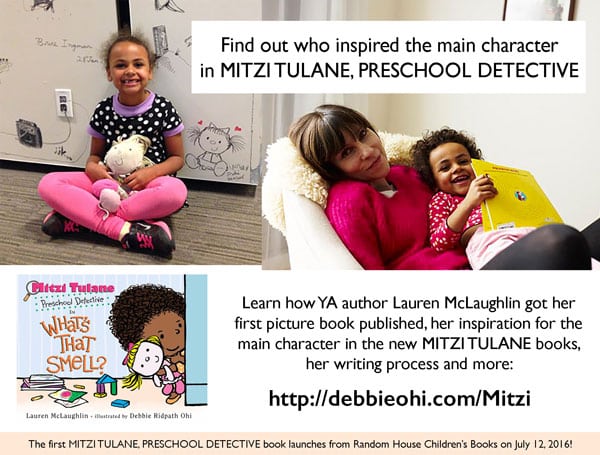
You will discover out extra about how Mitzi Tulane was made right here.
Anyway, I may go on WAY too lengthy on this subject (and have, throughout workshops I’ve given on the image guide inventive course of), however listed below are some further assets you may discover helpful:
My different FAQ entry: “I simply completed writing my image guide story. What subsequent? How do I discover an illustrator?”
Why Do We Preserve Image E-book Authors and Illustrators Aside? or How To Play Nicely With Others – by Naseem Hrab
SCBWI Regularly Requested Questions

